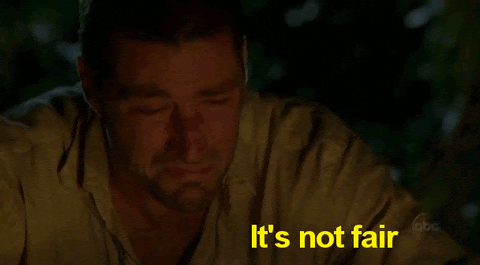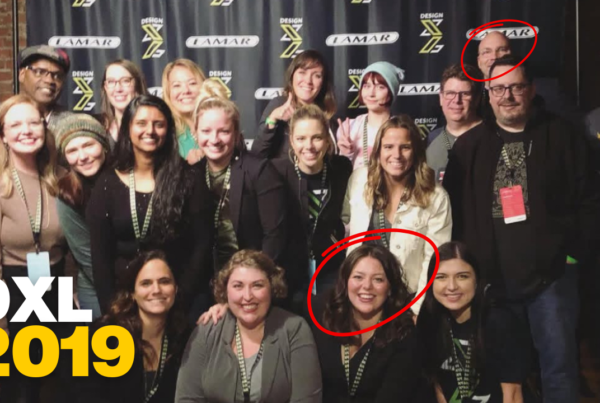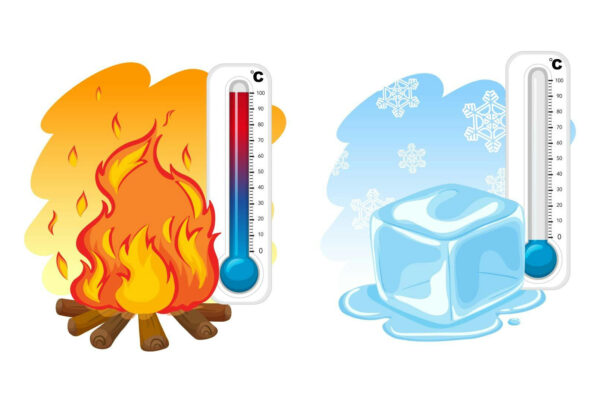You’re probably not charging enough. You probably feel that every day. It is because your prices are not fair.
That’s often the case for freelance designers or creative agency owners. Too many of you are making your prices “fair” to your client at the expense of them being “fair” to you. (I did this for years.)
I’m a big fan of fair pricing—you should be too. But let’s get one thing straight: “fair” doesn’t mean “cheap.” It means pricing your services appropriately based on a few key factors.
 Fair to Market Pricing
Fair to Market Pricing
Do your homework. Research what others are charging for similar types of projects. Don’t undersell yourself just because you’re afraid of scaring off clients. Charging a fair market price means you’re in line with industry standards, which is fair to both you and the industry.
Fair to Client Size
If your client is a massive corporation, charging $50 for a logo is unfair—plain and simple. That logo is going to be everywhere, gaining massive visibility. On the flip side, if you’re working with a small family-owned coffee shop, a million-dollar rebrand doesn’t make sense either. Price your work fairly based on the size and reach of the business you’re serving.
Fair to the Value You Create
Not all projects are created equal. Some services deliver huge results for your client. Make sure your pricing reflects the value you’re bringing to the table. If your work makes a significant impact, your price should reflect that.
Fair to Your Profit
You’re in business to make money. Period. If your pricing doesn’t include a fair profit margin, you’re running a hobby, not a business. Sure, painting garden gnomes might be fun, but when it comes to client work, you need to price in a way that allows your business to grow.
Fair to Your Client
No need to be greedy. Long-term relationships, repeat work, and referrals are worth more than gouging a client on a one-off project. Price your work fairly based on their budget and needs, and you’ll build a business that lasts.
Too many creatives charge too little. Their prices are “fair,” but only “fair” (i.e. cheap) to the client.
Fair (i.e. cheap) to the client is great for them, but it’s often:
- Not fair to market price.
- Not fair to the client’s size.
- Not fair to the value created.
- Not fair to your profit.
 Fair Means Fair
Fair Means Fair
At the end of the day, fair pricing is about balance. Price it fairly for you, and price it fairly for your client.
So when you say, “My prices are fair,” it will include what’s fair to YOU.












